The Oklahoma State Facts
Here Is A Picture Of The State Flag
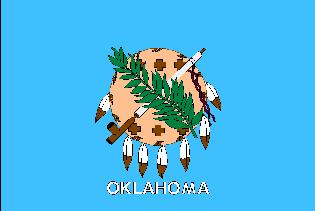
Here Is What The Symbols Mean
words from 5 state.com
The Oklahoma state flag honors more than 60 groups of Native Americans and their ancestors. The blue field comes from a flag carried by Choctaw soldiers during the civil war. The center shield is the battle shield of an Osage warrior. It is made of buffalo hide and decorated with eagle feathers. Two symbols of peace lie across the shield. One is the calumet, or peace pipe. The other is an olive branch. Crosses on the shield are Native American signs for stars, representing high ideals.
Oklahoma's State nickname is the Sooner State.
Here are Oklahoma's State plant Pictures.
This is a Picture of the State Flower the Oklahoma Rose.
This is a Picture of the state Tree the Red Bud.
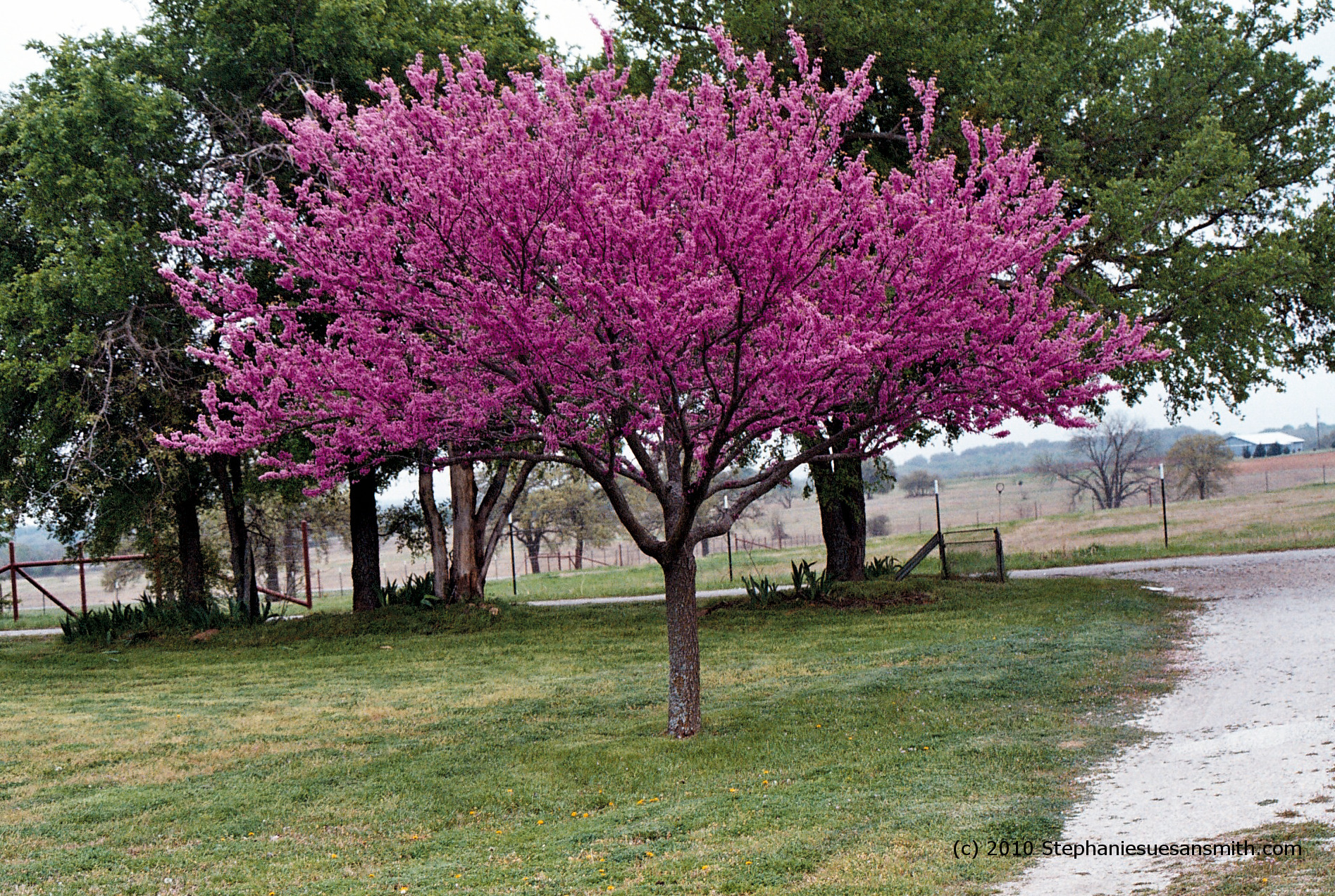
This is a Picture of the State Wild Flower the Red Indian Blanket.
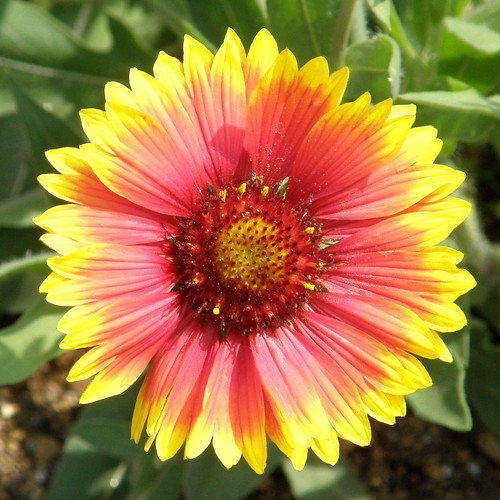
This is a Picture of the State Floral Emblem Misteltoe.

This is a Picture of the State fruit the strawberry.

This is a Picture of the State vegtable the Watermelon.

This is a Picture of the State grass Indian Grass.

Picture of State Animals
This is a Picture of the State Bird the Scissor-tailed Flycatcher.

This is a Picture of the State Mammal the Buffalo.

This is a Picture of the State Fish the White Bass.

This is a Picture of the State Butterfly the Black Swallowtail.

This is a Picture of the State Insect the European Honey Bee.

This is a Picture of the State Game Animal the White Tailed Deer.

Here is a Picture of the State Quarter
words and picture from Net state.com
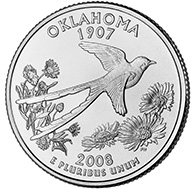
The first commemorative quarter-dollar coin released in 2008 honors Oklahoma, and is the 46th coin in the United States Mint's 50 State Quarters® Program. Oklahoma, nicknamed the "Sooner State," was admitted into the Union on November 16, 1907, becoming our Nation's 46th state. The Oklahoma quarter features an image of the State bird, the Scissortail Flycatcher, in flight with its distinctive tail feathers spread. The bird is soaring over the State wildflower, the Indian Blanket, backed by a field of similar wildflowers. The coin's design also bears the inscriptions "Oklahoma" and "1907." The depiction of Indian Blanket (or Gaillardia) symbolizes the State's rich Native American heritage and native long grass prairies that are abundant in wildlife. Oklahoma was formed by the combination of the Oklahoma Territory and the Indian Territory of the Five Civilized Tribes -- Choctaw, Chickasaw, Creek, Seminole, and Cherokee. The State's name is derived from the Choctaw words "okla" and "homma," meaning "red" and "people.
This is a Picture of a Natural Oklahoma Rose Rock.
Noble is the Rose Rock Capital of the World
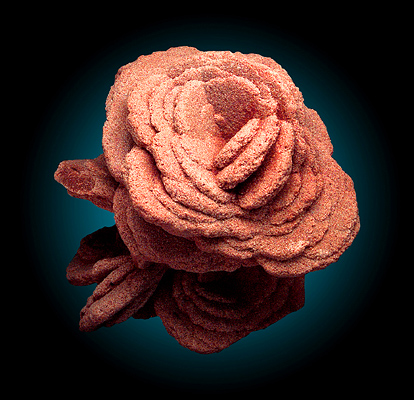
Gem and mineral collectors around the world treasure the barite rose rock because its shape is a natural phenomenon. According to the Oklahoma Geological Survey, rose rocks – the reddish-brown sandy crystals of barite that resemble a rose in full bloom – are more abundant in Oklahoma than anywhere else in the world. In 1968, the rose rock was named the official state rock – marking its place as an Oklahoma symbol. Small quantities of rose rocks have been found in California, Kansas and even as far away as Egypt; however, no place can match the concentrated outcropping that extends 80 miles through the central part of Oklahoma between Pauls Valley and Guthrie. The most abundant and well-formed rose rocks can be seen in Noble, the “Rose Rock Capital of the World.”